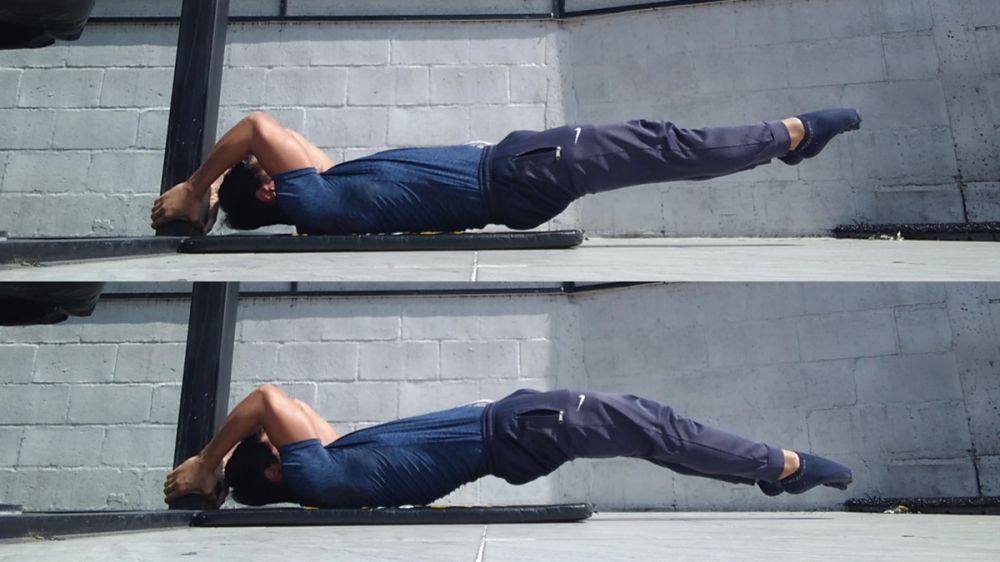
Calisthenic's Dragon Flag: complete guide with exercises
If you want to know everything about how to make dragon flags, here's a complete guide geared towards real progressions.

There is an exercise that most people who practice Calisthenics do not do, or that they have done at some time and are no longer doing it. However, this exercise is key to the aesthetic and healthy development of the athlete, let's see what it is and why.

We are talking about the Australian pull ups and their variations, a basic exercise that is usually performed in beginners but that is later banished from training, being replaced by the classic pull-ups. But why is this exercise so important?
The forgotten movement pattern
The main reason is because Australian pull-ups have a horizontal pulling motion pattern, which is unique in Calisthenics.
In the gym you have rowing machines, pulleys, dumbbell exercises etc. with which to do this horizontal pull pattern. But in calisthenics, other than the Australian pull-ups, there are few other options. Classic pull-ups have a vertical pull pattern, which is the most common in Calisthenics.
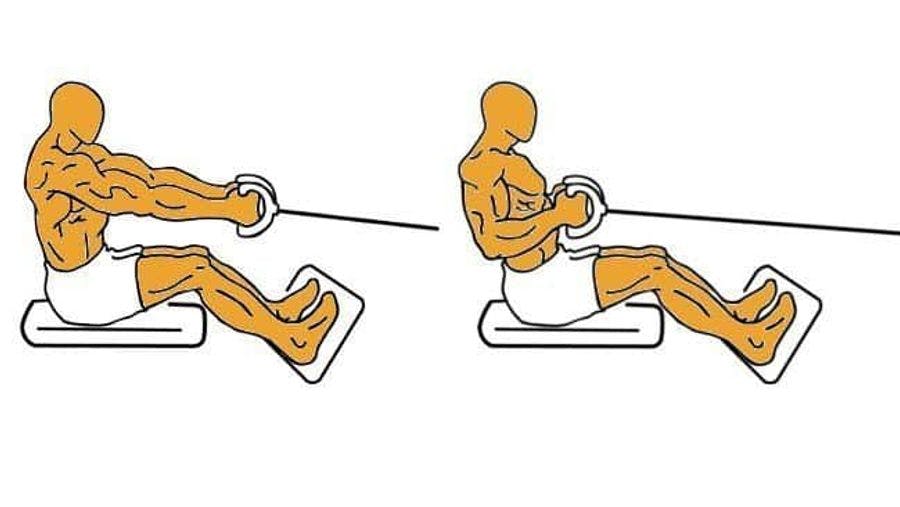
The forgotten muscles
The horizontal pull has characteristics and works muscles that are not worked as effectively with other movements.
Specifically, we are talking about working the middle and lower part of the trapezius, the rear deltoid, the rhomboid and some other muscles in the middle and upper back area, but without working the lats intensely.
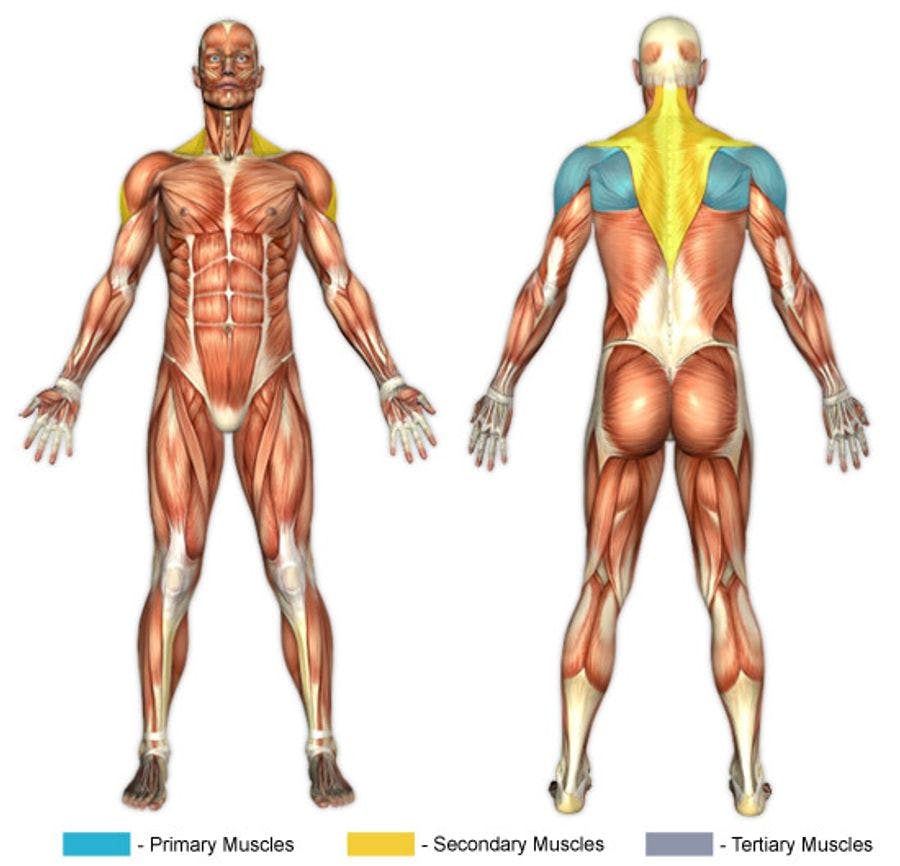
These muscles, and more specifically their correct compensation with respect to the dorsal, pectoral and anterior deltoid muscles, are of crucial importance for our aesthetic appearance and our postural and joint health.
The explanation is simple: both the dorsal, the pectoral, and the anterior deltoid are muscles that generate internal rotation of the shoulders. This causes us to have a hunched posture with the neck forward. And the first problem that arises is that the main exercises that are most frequently worked on in Calisthenics, such as pull-ups, dips and push-ups, specifically work these muscles.
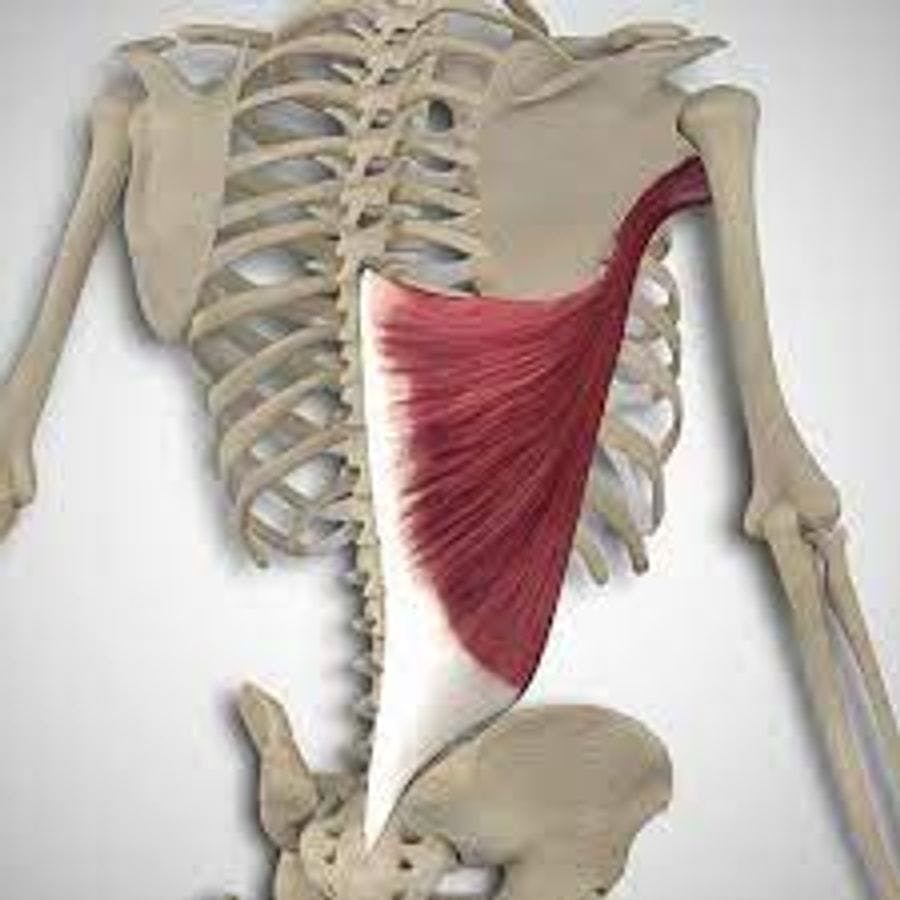
In the image you can see how, despite being a muscle that is in the back, the dorsal is inserted in the front part of the humerus, and therefore its toning causes internal rotation of the shoulder.
How to solve it
To compensate for this situation, what you have to do is work the muscles that produce external rotation, which are the ones that are worked with the horizontal pull, specifically when you do it with your elbows out and at shoulder height, to minimize the action from the lats. And the second problem that arises is that this horizontal pull in calisthenics is only done with Australians, and it is an exercise that is not usually done frequently.
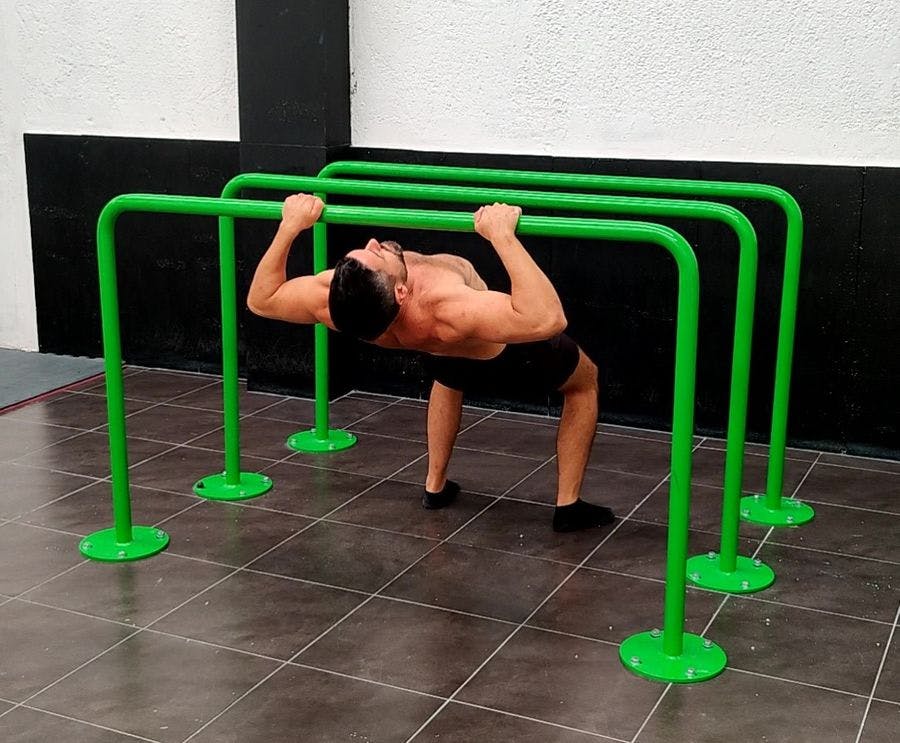
If you usually go to calisthenics parks, you may have noticed that there are many people with a slouched posture and head forward. Everything comes from what we are discussing, and it is what we want to eradicate with this article.
Both for an aesthetic and postural improvement, as well as for the consequent improvement in health that this entails and the problems of injuries and pain that can be avoided.
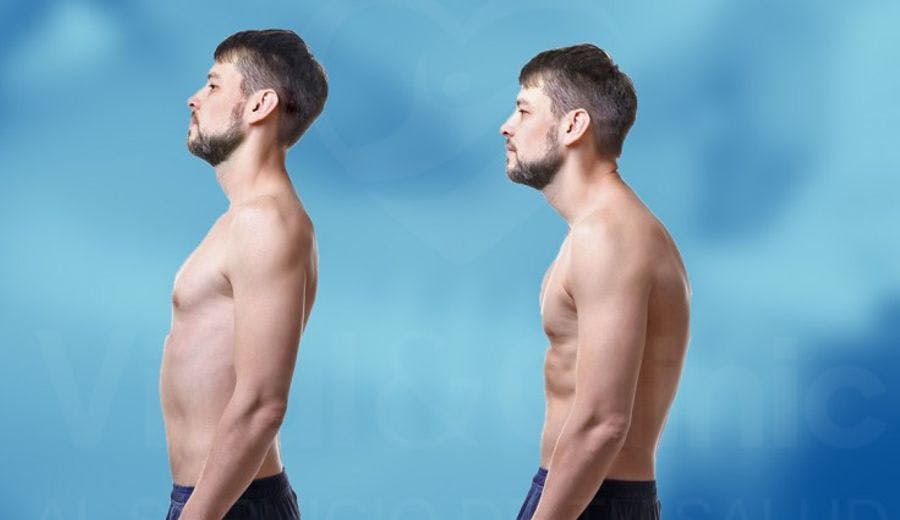
Therefore, to avoid this problem, what we have to do is as simple as maintaining the Australian pull-ups in our training.
For example, if you divide your training by muscle groups, do Australians on back day. If you split your training by push-pull-legs, do the Australians on pull day. If you divide your training by planche - front lever, put the Australians on the front lever day.
As it is an undemanding exercise, you can put it at the end of the routine to complement it.
I leave you a screenshot of different variants of Australians with different levels of difficulty. You can see them in more detail in our app Calisteniapp.
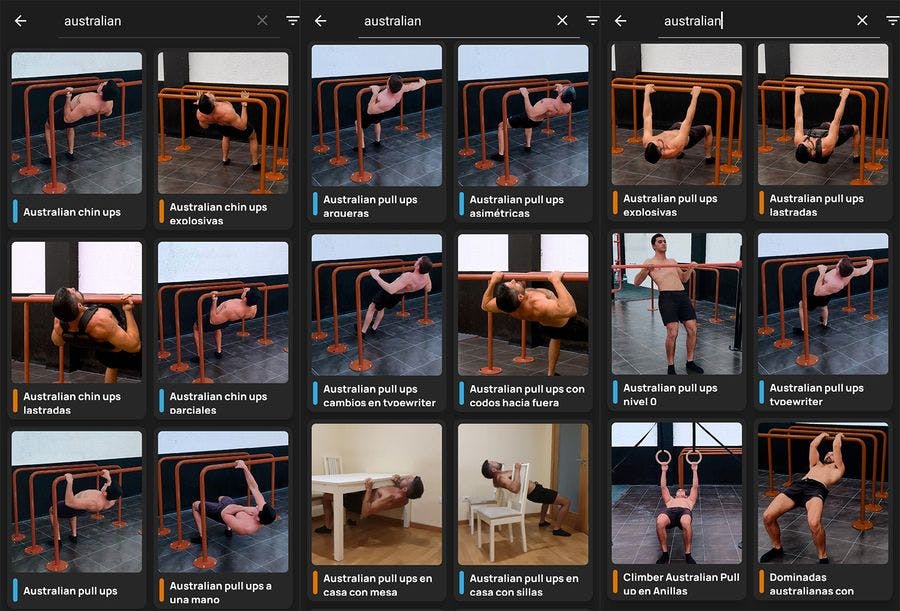
Specifically, for the goals that we are discussing in this article, the most interesting variant is the elbows-out variant, since it is the one that involves the lats the least, and therefore isolates the muscles that we want to strengthen more.
Also, if you have elastic bands, you have a few horizontal pulling exercises that can be very useful.
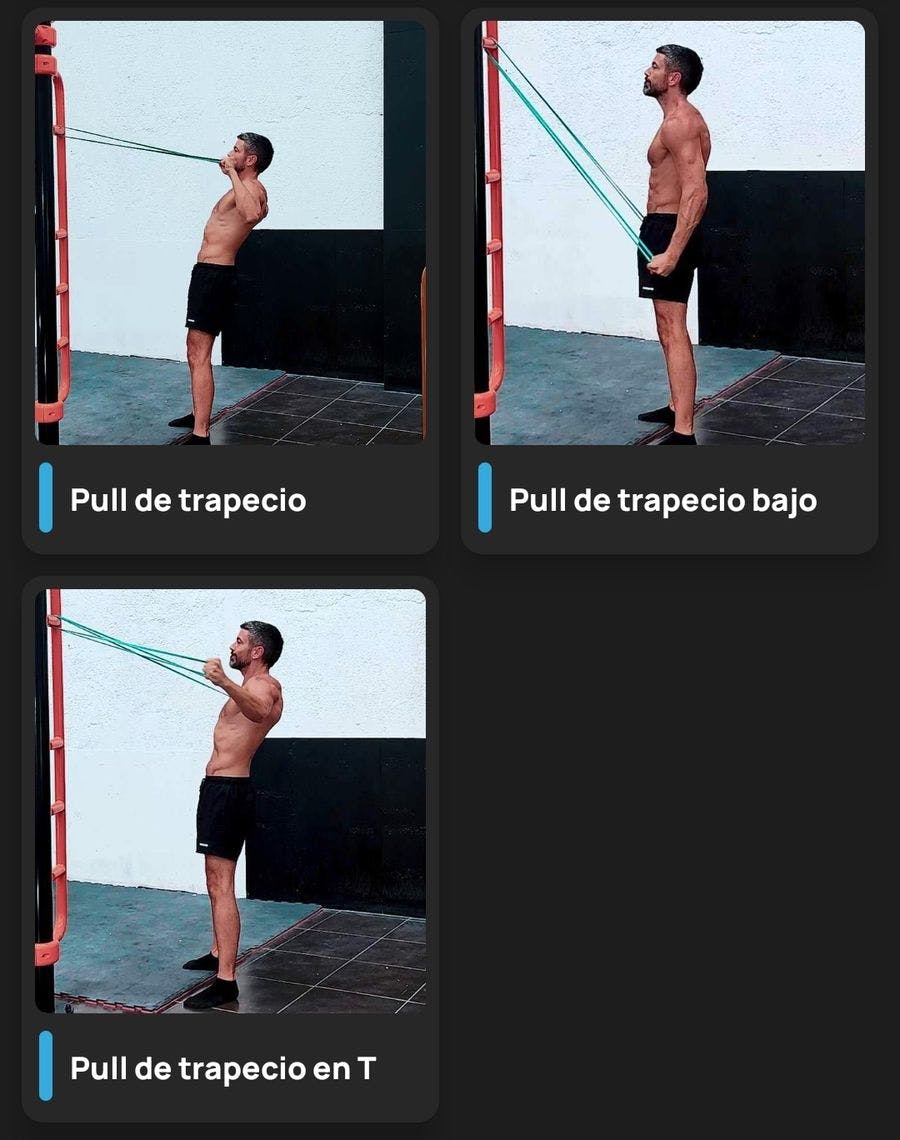
On the other hand, if you train at home, you can find a way to do Australians using a table or a couple of chairs, so that your home workouts do not cause decompensation.
Regarding the issue of whether to do them with your legs extended or bent, really if you do the exercise strictly, there is not much difference from one to the other. It's pretty much a matter of personal preference, do it how it feels most natural, most comfortable, and most efficient.
In addition to all the exercises that you saw in the screenshots, in Calisteniapp you have compensation and posture routines available, and a posture guided Smart Progress. These routines and Smart Progress, apart from the horizontal pull exercises, also include stretching for the internal rotator muscles, and some complementary exercises for other small common decompensations that usually occur in the rest of the body.
As for the rest of the content of the app, since I found out about this problem, I have tried that all the routines and training programs that work the pull pattern, have enough presence of Australian exercises, so that someone starting from scratch does not have no need to worry about this problem.
I hope this article is very helpful to you and that you enjoy your workouts and results a lot.

Yerai Alonso
Cofundador de Calisteniapp, referente en calistenia y el street workout en Español. Con más de una década de experiencia, es creador de uno de los canales de YouTube más influyentes del sector. Autor del libro La calle es tu gimnasio, campeón de Canarias y jurado en competiciones nacionales e internacionales.
Join our newsletter
Learn everything you need to know about calisthenics

If you want to know everything about how to make dragon flags, here's a complete guide geared towards real progressions.

A detailed breakdown of all calisthenics statics. Learn about muscle activation, movement patterns, and precise execution for every isometric skill.
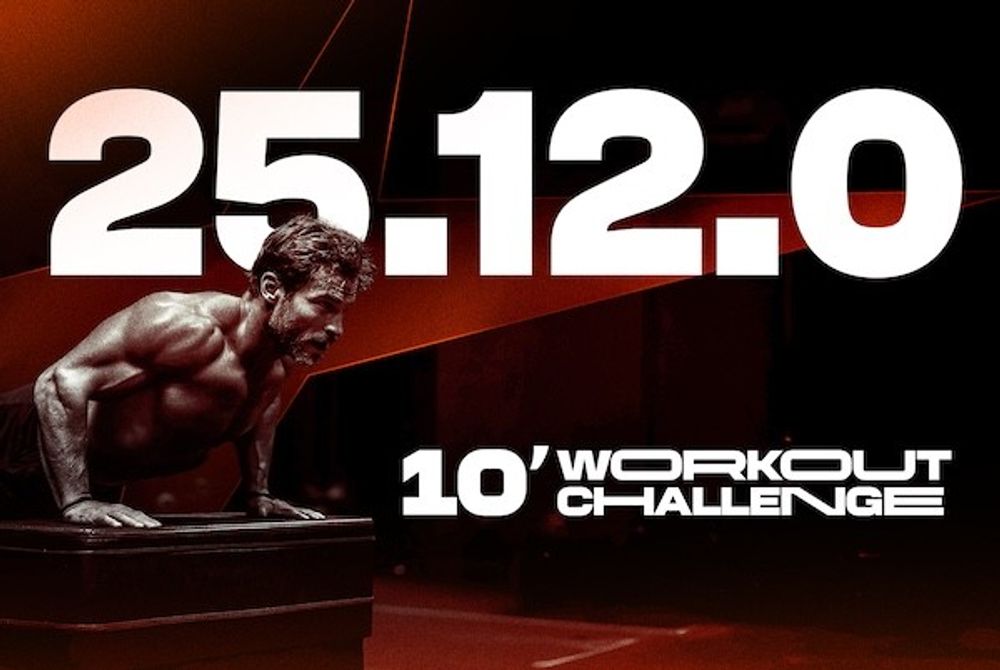
Calisteniapp v25.12.0 introduces program pause, performance improvements, and the 10’ Workout Challenge 2026. No shortcuts, just better tools
